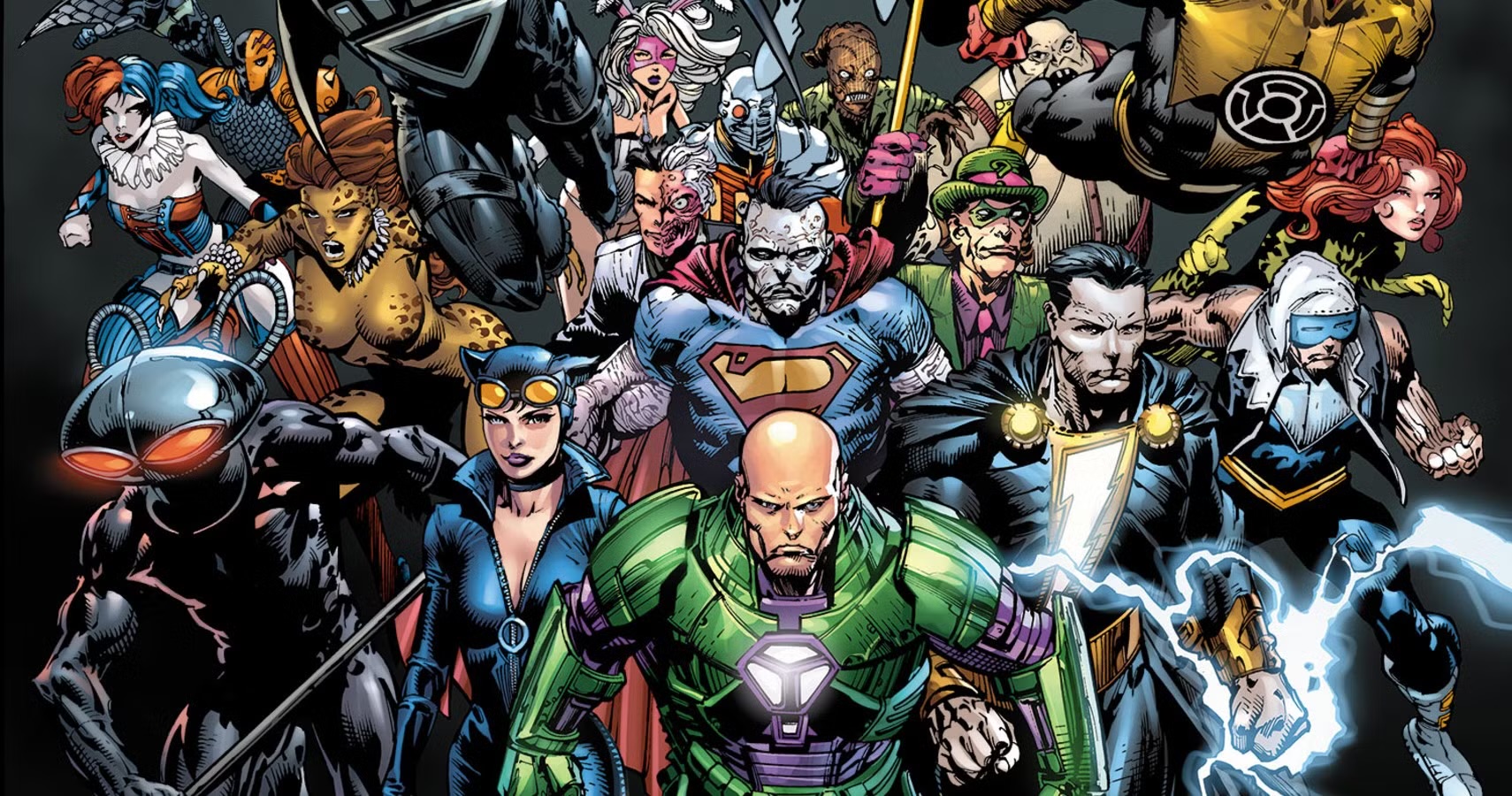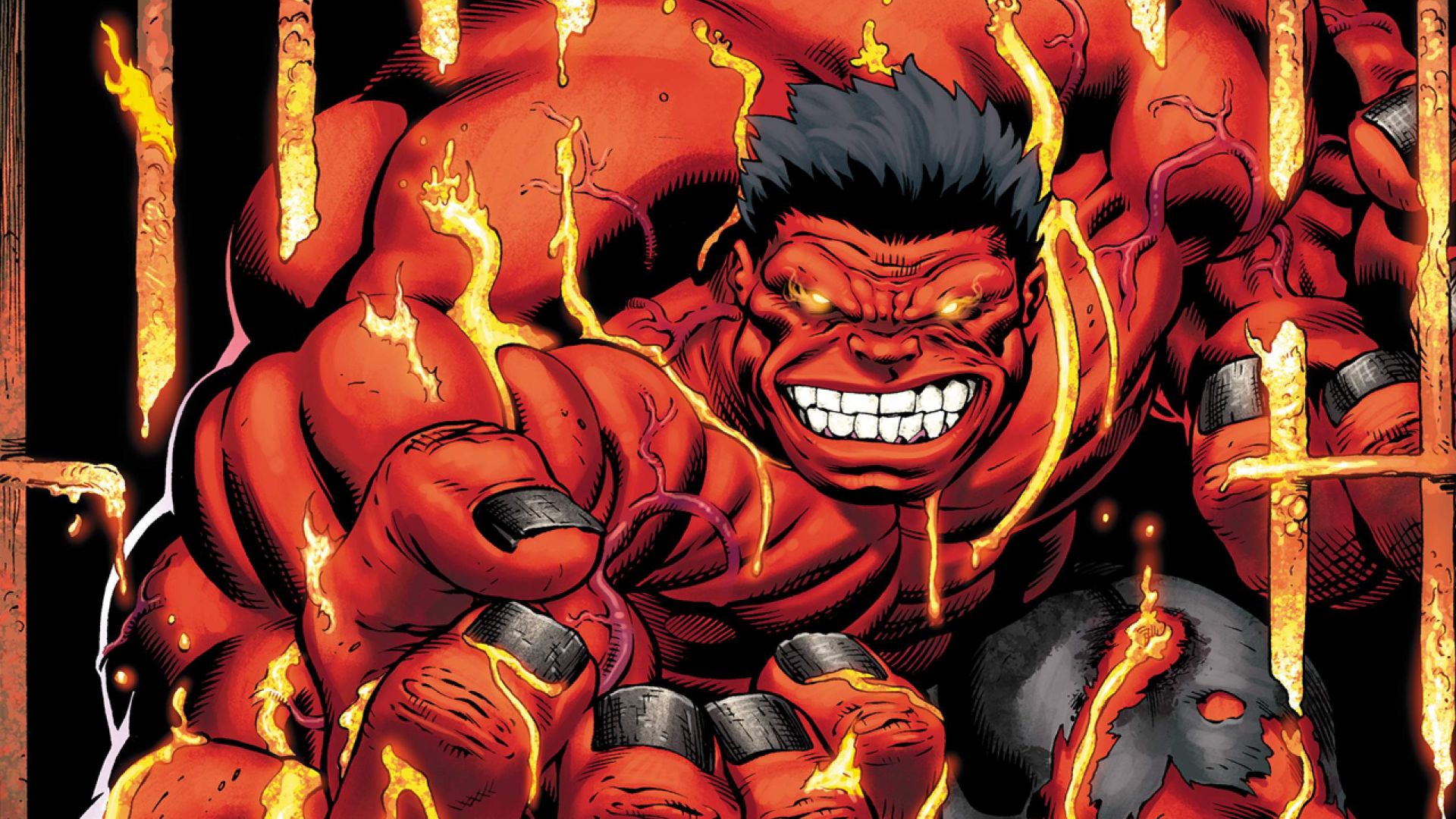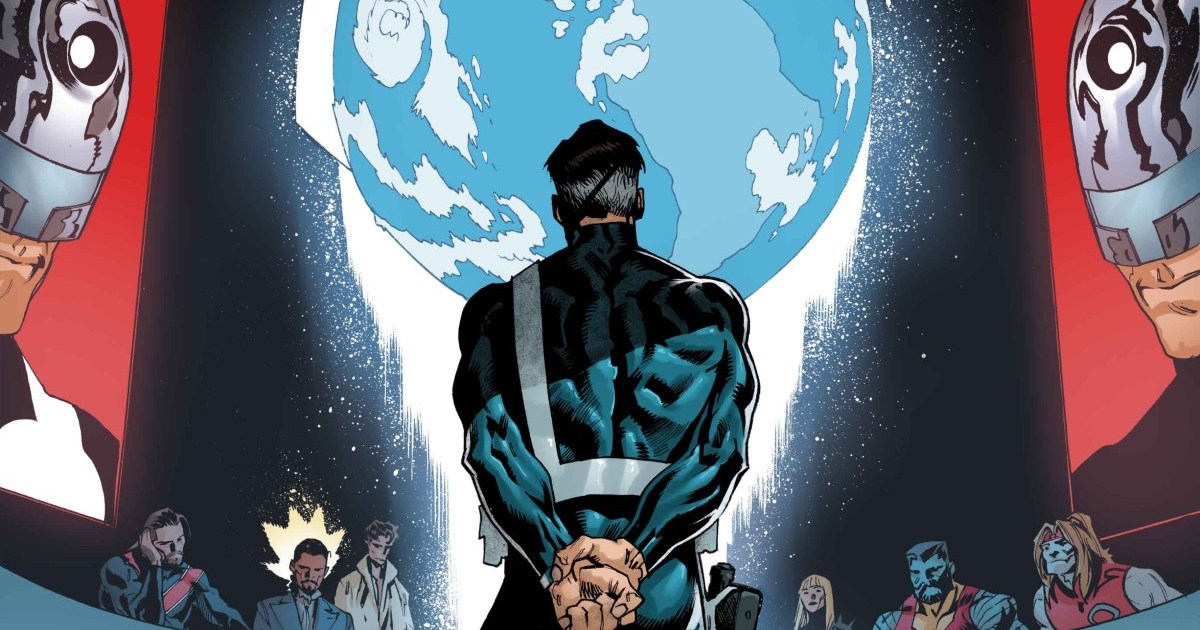In the world of graphic novels, there are works that transcend the boundaries of their medium and become timeless classics. Alan Moore and Dave Gibbons’ Watchmen is undoubtedly one of those works. Since its release in 1986, this groundbreaking graphic novel has not only left an indelible mark on the comic book industry but has also earned its place as one of the best graphic novels of all time. We will explore why Watchmen deserves this distinguished honor, delving into its intricate storytelling, complex characters, and its profound impact on the comic book landscape.

Watchmen broke new ground in the graphic novel medium, ushering in a new era of storytelling. It challenged the traditional conventions of superhero narratives and deconstructed the very concept of heroism. In a medium that was often characterized by simplistic moral dichotomies, Watchmen introduced a morally ambiguous world where heroes were as flawed as the villains they fought.
The narrative structure of Watchmen is a marvel in itself. Moore and Gibbons employ a non-linear storytelling approach, interweaving multiple character perspectives and timelines, which creates a narrative puzzle that keeps readers engaged and constantly questioning. The graphic novel’s layered storytelling elevates it to the status of high literature, making it accessible to both comic book enthusiasts and literary connoisseurs.
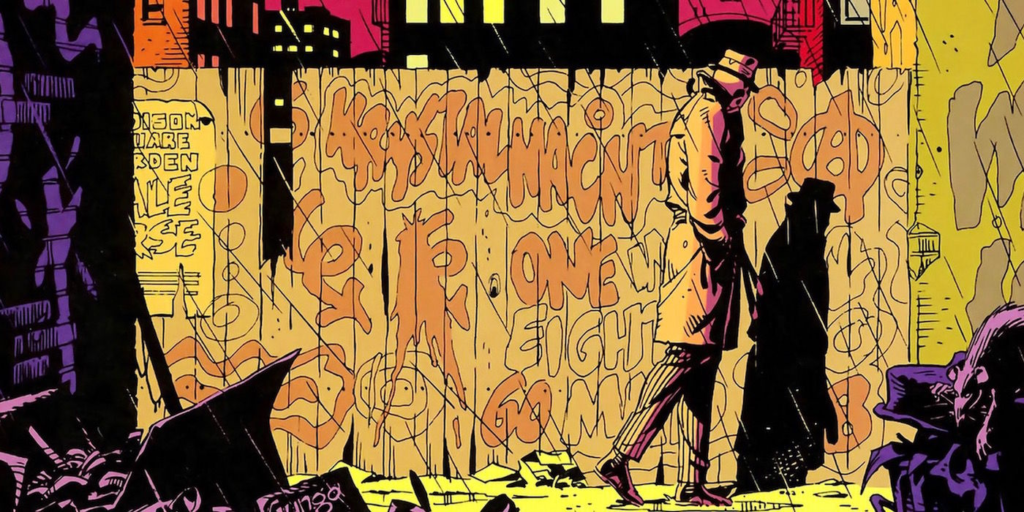
One of the key strengths of Watchmen lies in its cast of complex and multi-dimensional characters. Each hero or anti-hero is meticulously developed, with their own motivations, insecurities, and personal dilemmas. This level of character depth was unprecedented in the superhero genre and remains a hallmark of the graphic novel.
Rorschach, Dr. Manhattan, Nite Owl, Silk Spectre, Ozymandias, and The Comedian are all well-rounded characters with intricate backstories. They grapple with issues of identity, morality, and the consequences of their actions. Rorschach’s uncompromising sense of justice, Dr. Manhattan’s detachment from humanity, and Ozymandias’s morally ambiguous actions are prime examples of the thought-provoking character exploration in Watchmen. With Alan Moore establishing that these characters were some of his best work to date.

Watchmen presents readers with a stark portrayal of moral complexity and ethical dilemmas. The heroes’ actions and motivations are often morally ambiguous, challenging the binary distinction between good and evil. The graphic novel forces readers to question the ethics of vigilantism, the cost of achieving peace, and the moral compromises individuals make in the pursuit of what they believe is right.
The haunting question that Watchmen poses—whether the ends justify the means—resonates deeply with readers, transcending the comic book medium and delving into the very essence of human morality. This exploration of ethical dilemmas has earned Watchmen a place among the great works of literature that have tackled such complex themes.

Watchmen is a thought-provoking work that goes beyond the realm of superheroes. It delves into the socio-political climate of its time, reflecting the anxieties of the Cold War era and addressing real-world issues. The graphic novel explores themes such as power, politics, nationalism, and the threat of nuclear annihilation.
The parallel storytelling of the comic within a comic, “Tales of the Black Freighter,” adds another layer of intellectual depth and serves as a commentary on the main narrative. This level of complexity and intellectual engagement elevates Watchmen to the level of literary fiction.

Dave Gibbons’ art in Watchmen is nothing short of extraordinary. His meticulous panel layouts, attention to detail, and use of recurring visual motifs contribute to the graphic novel’s narrative richness. Gibbons’ artistic choices, including the nine-panel grid structure that becomes a storytelling signature, enhance the reading experience and add layers of meaning to the narrative.
The graphic novel’s unique visual style, with recurring symbols and intricate design, has had a lasting impact on the comic book industry. It has become a reference point for artists and illustrators, influencing the aesthetics of many subsequent graphic novels.

Watchmen had a profound and lasting influence on the comic book industry. It marked a turning point in the way comics were perceived, challenging the notion that they were mere children’s entertainment. The success of “Watchmen” opened doors for a new wave of sophisticated and mature storytelling within the medium.
This influence extended beyond comic books, as Watchmen inspired other media forms, including film and television. The 2009 film adaptation directed by Zack Snyder brought the story to a wider audience, and the HBO series expanded on the Watchmen universe, underscoring the ongoing relevance of the source material.
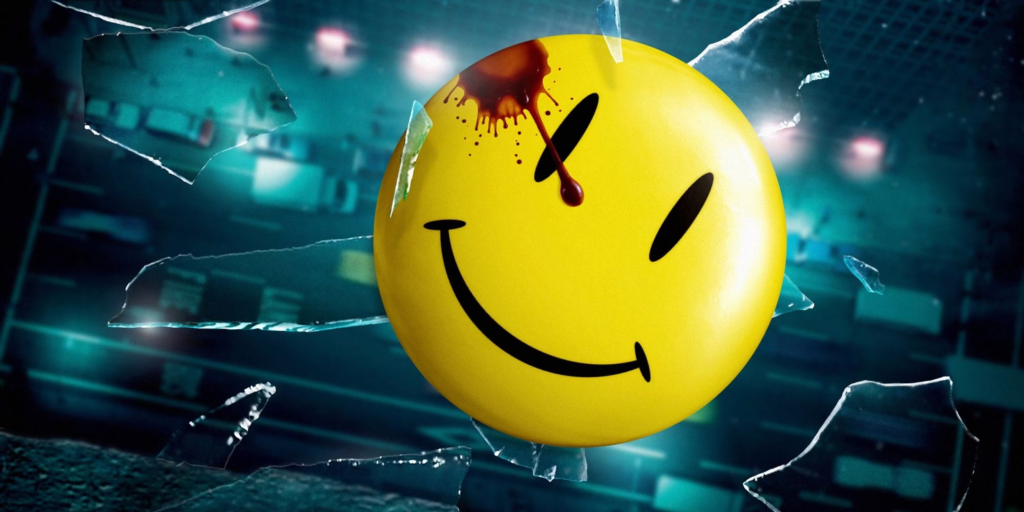
Watchmen is more than just a graphic novel; it’s a literary masterpiece that has left an indelible mark on both the comic book industry and the world of literature. Its innovative storytelling, complex characters, moral complexity, intellectual depth, and lasting influence have elevated it to the ranks of the greatest graphic novels of all time.
Watchmen is a work that challenges conventions, invites critical thinking, and continues to be celebrated for its profound impact on the medium of graphic storytelling. Whether you’re a lifelong fan of the comic book genre or a newcomer to the world of graphic novels, Watchmen is a must-read, deserving its place among the most significant works in the history of literature.


